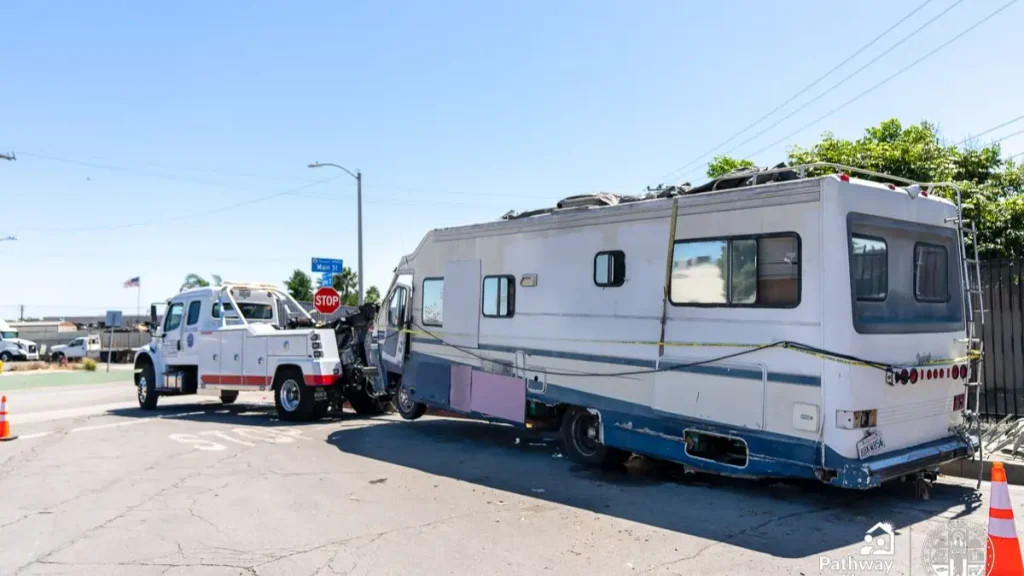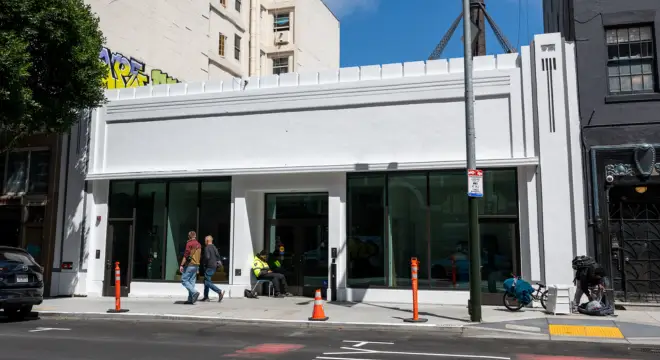Don’t Do These 8 Things When the Power Goes Out—Tips from Electricians
I’ve been in homes during power outages more times than I can count, and every time, I see the same mistakes that could have been avoided with a little know-how. Flickering lights, a tripped breaker, or a sudden storm can turn a simple outage into a stressful—or even dangerous—situation. The problem is, most guides tell you what to do, but no one really talks about what not to do. That’s where things get tricky.
In this article, I’m going to walk you through 8 common power outage mistakes that electricians see all the time—mistakes that could put your home, your devices, or even your safety at risk. By the end, you’ll know exactly what to avoid so you can stay calm, prepared, and safe when the lights go out.
Mistake 1 – Assuming the Outage Affects Everyone & Acting Without Checking Your Breaker or Neighbors
I’ve been through plenty of blackouts here in the U.S., and I can’t tell you how many times people assume the power’s out across the whole neighborhood. Panic sets in, and suddenly they’re flipping breakers repeatedly or calling the utility company in a frenzy. Most of the time, the problem is right at home—a tripped breaker or a blown fuse.
Here’s how I handle it, and how you should too:
- Check your circuit breaker or fuse box first. A simple reset might fix the problem immediately.
- Ask your neighbors or check local utility outage maps/social media. This helps you confirm whether it’s a house-level problem or something bigger.
- Pause and assess before acting. Rushing can lead to unnecessary risks like unsafe generator use or faulty wiring accidents.
Before you panic, ask yourself: “Is it just my home, or is the whole neighborhood affected?” It’s a small step most guides skip—but it can save you time, stress, and potential danger.
Mistake 2 – Relying on Candles or Improvised Flames for Lighting
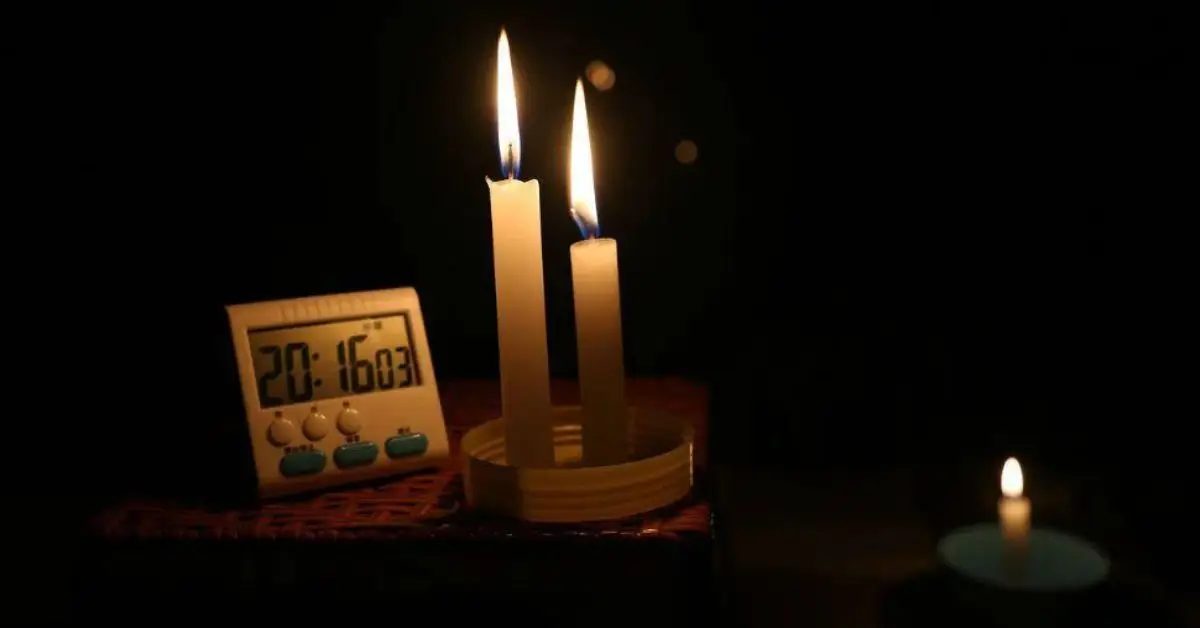
I know the urge to light a candle when the lights go out—it feels cozy and familiar. But candles and kerosene lamps are a fire hazard, especially in homes with kids, pets, or clutter. I’ve nearly tipped one over myself, and that’s enough to make me rethink using them.
Safer alternatives I use (and you should too):
- LED flashlights or battery-powered lanterns. Bright, safe, and easy to carry around.
- Rechargeable lights or glow sticks. Keep a few in your emergency kit for quick access.
- Build a “dark-hour kit.” Include extra batteries and flashlights; if you do use a candle, never leave it unattended.
For practical guidance, Constellation has a great overview for U.S. households.
Mistake 3 – Opening Refrigerator / Freezer Doors Frequently / Unnecessarily
When the lights go out, it’s tempting to check the fridge constantly—“Is the milk still good? Is the freezer keeping ice cream frozen?” I’ve done it too, and every time you open the door, cold air escapes, and your food starts to spoil faster.
Here’s how I manage it:
- Keep fridge and freezer doors closed. A full freezer can stay cold for up to 48 hours, and a fridge about 4 hours.
- Plan meals and snacks. Eat perishables first or move food to a cooler with ice if the outage lasts long.
- Use insulated containers or thermal bags. They help maintain temperature if you need to transport or access food.
In hot U.S. summers—think Florida, Texas, or Arizona—even a few minutes of opening the fridge repeatedly can ruin your groceries. For more ways to protect your home and keep costs down when temperatures shift, this guide on preventing winter damage and cutting utility bills is a helpful resource. Patience really pays off here.
Mistake 4 – Leaving Electronic Devices and Appliances Plugged In
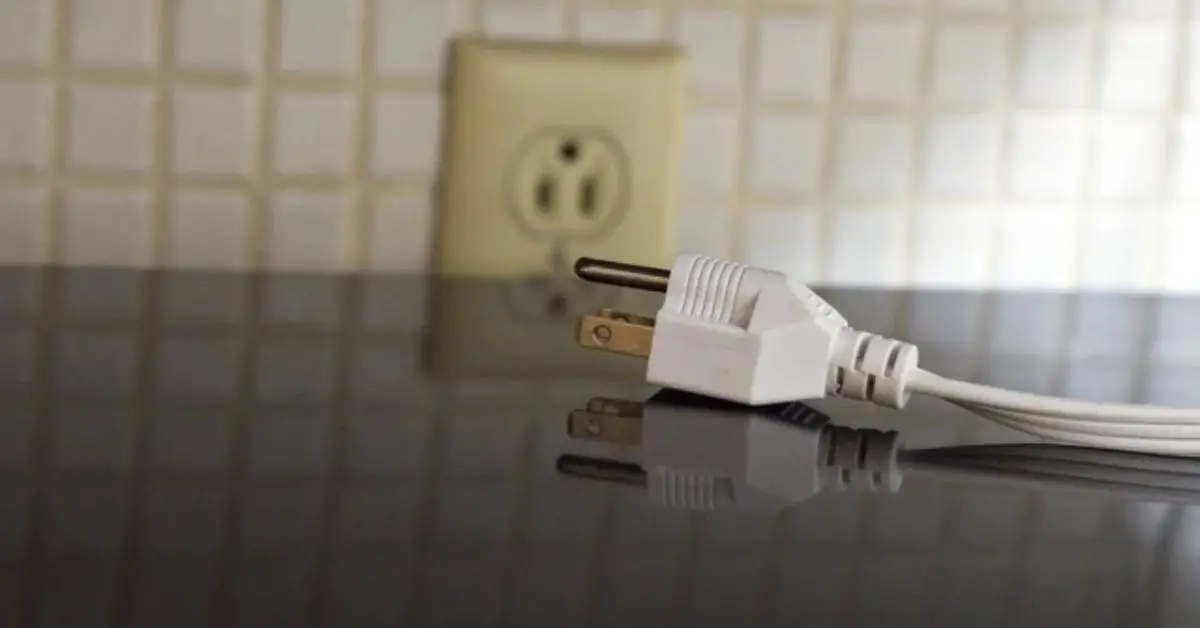
I’ve learned the hard way that the danger doesn’t end when the lights come back on. Sudden surges or voltage fluctuations can fry your electronics or even start a fire if you’re not careful. Many homeowners just plug everything back in at once—and that’s exactly when problems happen.
Here’s how I handle it, and what you should do:
- Unplug sensitive electronics. TVs, computers, gaming consoles, chargers, and small appliances are the most vulnerable. Also turn off heavy-load devices like A/C units, heaters, and motors.
- Leave one light on. It signals when power returns and allows you to safely reconnect devices one at a time.
- Use surge protectors or a UPS if you have them. This is a simple step that can save hundreds of dollars in damage and is often overlooked in standard checklists.
Following this method turns what could be a disaster into a controlled, low-risk restart for your home’s electronics. For official safety guidance, I rely on Safe Electricity’s tips for staying safe during a power outage.
Mistake 5 – Misusing Generators, Gas Appliances, or Indoor Heating During an Outage
When the temperature drops or the heat soars, it’s tempting to turn on a generator indoors or fire up a gas stove for warmth. I’ve seen people do it thinking it’s “just a temporary fix,” but that’s a huge risk. Carbon monoxide poisoning, fires, and explosions are real dangers during power outages.
Here’s what I do instead—and you should too:
- Keep generators outside and away from windows and doors. Never run one indoors.
- Avoid using gas stoves or ovens for heating. They can produce deadly fumes.
- Use safe alternatives. Battery-powered heaters, blankets, layered clothing, or battery-operated fans can help you stay comfortable. You can also strengthen your overall outage setup by exploring reliable home battery backup options, and this guide on storm-proof battery systems breaks down choices that work well for U.S. households. If it’s extreme, head to a community shelter with electricity and climate control.
- Install carbon monoxide detectors with battery backup on every floor. It’s a small step that can save lives.
Even though it might feel inconvenient, thinking safety first during an outage is always better than risking your health or property. The Ready.gov guide on power outage safety is a great resource for keeping your home and family protected.
Mistake 6 – Neglecting Fire & Electrical Hazards After Storms or When Downed Wires Are Around
After a storm or outage, it’s easy to think the danger is over once the lights go out. But downed power lines—even if they look harmless—are lethal. I’ve seen neighbors get too close, assuming it’s safe, and it can end badly in seconds.
Here’s how I approach it, and what you should do:
- Always assume fallen lines are live. Keep a safe distance—at least 30–35 feet—and never touch them, even with tools or other objects.
- Avoid flooded areas if any wiring or equipment is submerged. Water conducts electricity, and it only takes a second to get hurt.
- Inspect cautiously. Check your yard or property only from a safe distance, and wait for professionals if there are downed poles, wires, or structural damage.
Even if your house is fine indoors, outdoor hazards are a blind spot for many homeowners. Treat them seriously to avoid accidents.
Mistake 7 – Ignoring Communication & Emergency Plans
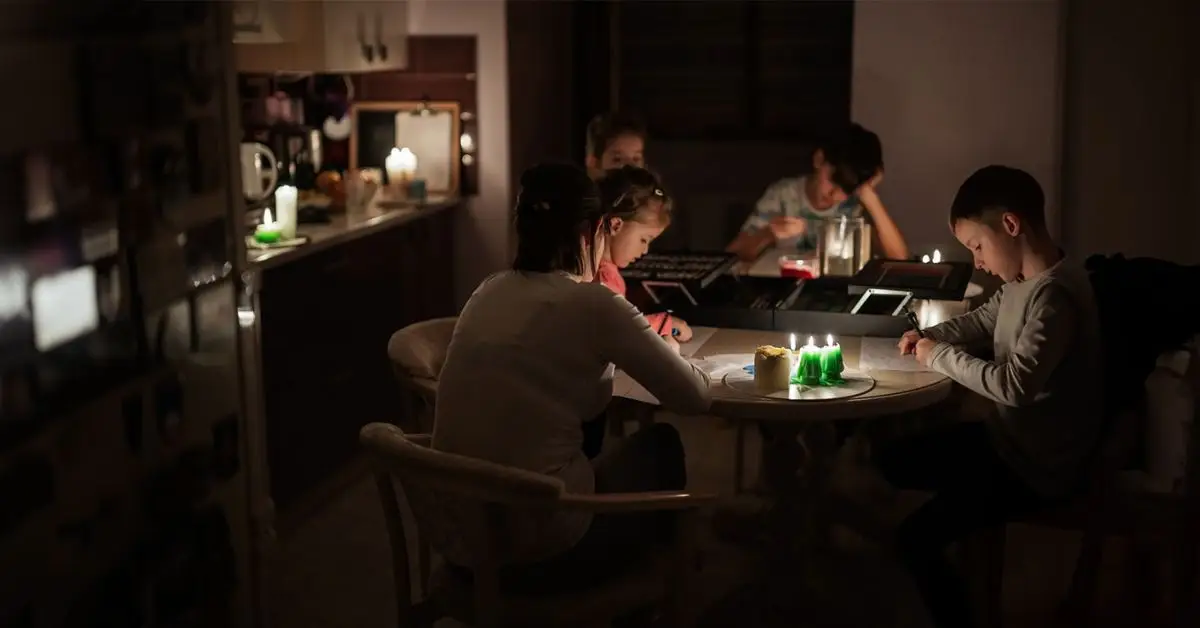
Power outages aren’t just about lights—they can affect water pumps, medical devices, and leave vulnerable family members without heat, cooling, or a way to communicate. I’ve learned that a little planning makes all the difference.
Here’s how I stay prepared:
- Have a backup water plan. Fill buckets or a bathtub in advance if your water depends on electricity.
- Plan for vulnerable people. If someone in your household relies on medical equipment or is elderly, make sure there’s battery backup or a place to go with electricity.
- Keep a communication plan. Stock extra chargers, power banks, or a crank radio. Keep a written contact list and check in with neighbors.
- Stock essential supplies. Non-perishable food, water, ice or coolers, medicines, and pet care items can make long outages manageable.
Skipping these steps is a mistake most people make—they think a blackout is just temporary, but the lack of preparation can quickly become a serious problem.
Mistake 8 – Powering Up Everything at Once When Power Returns
Once the lights come back, it’s tempting to plug in everything at once. I’ve done it myself, and it’s a risky move. Turning on all devices simultaneously can overload circuits, cause surges, trip breakers, or even spark fires.
Here’s the safer approach:
- Wait a few minutes after power is restored before reconnecting devices.
- Turn appliances on one at a time. Start with essential electronics and then gradually reconnect others.
- Keep one light on to signal power has returned, but leave heavy-load devices off until you know your wiring is stable.
- Use surge protection where possible, or gradually reconnect devices manually if you don’t have it. Older homes especially need this caution.
A slow and methodical restart protects your electronics, your wiring, and your home—and keeps your peace of mind intact.
Pre-Outage Checklist: What Every Household Should Do Before the Power Goes Out
I’ve found that the best way to avoid panic during an outage is to prepare before it happens. Taking a few proactive steps makes all the difference when the lights go out.
Here’s my go-to checklist that you can use too:
- Inventory electric-reliant items. Identify everything that depends on power—medical devices, security systems, well pumps, and essential appliances.
- Build an emergency kit. Include flashlights or LED lights, extra batteries, a power bank, water, non-perishable food, first-aid supplies, manual tools, and a written contact list.
- Check detectors. Make sure your carbon monoxide and smoke detectors have battery backup.
- Plan generator safety. If you have a generator, keep it outdoors, at a safe distance from windows and doors, and ensure proper ventilation.
- Communication plan. Keep backup phone chargers, an offline contact list, and know local shelters or community help centers.
- Climate preparedness. Stock blankets, fans, or other heating/cooling aids, and make plans for pets or vulnerable family members.
If you want to be better prepared when temperatures drop, this breakdown of essential first-freeze home prep steps offers practical guidance you can use early in the season.
Having these steps ready turns a potentially stressful outage into something manageable, safe, and even calm.
Wrap-up & Safety Mindset — Treat a Power Outage as a Serious Hazard, Not Just an Inconvenience
At the end of the day, power outages are more than a temporary inconvenience—they’re a real threat to your home, health, and safety. The mistakes we talked about—using candles carelessly, raiding the fridge, running a generator indoors, leaving electronics plugged in, or ignoring downed wires—can all have serious consequences.
Here’s the mindset I follow, and you should too:
- Plan and prepare ahead. Use a pre-outage checklist, keep an emergency kit, and make sure surge protectors are in place.
- Act carefully when power returns. Avoid surges and overloads by reconnecting devices gradually.
- Stay aware of ongoing risks. Even when the lights come back, hazards like electrical surges or faulty wiring remain.
I’d love to hear from you—have you ever faced a power outage that went wrong, or do you have your own tips to stay safe? Share your experiences in the comments below.
Also, for more practical home tips and guides like this one, check out Build Like New—your go-to place for smart, actionable advice to keep your home safe and efficient.
Disclaimer: The information in this article is for general safety awareness only and isn’t a substitute for professional electrical advice. Always follow local laws, utility guidance, and instructions from licensed electricians or emergency authorities when dealing with power outages or electrical hazards.

